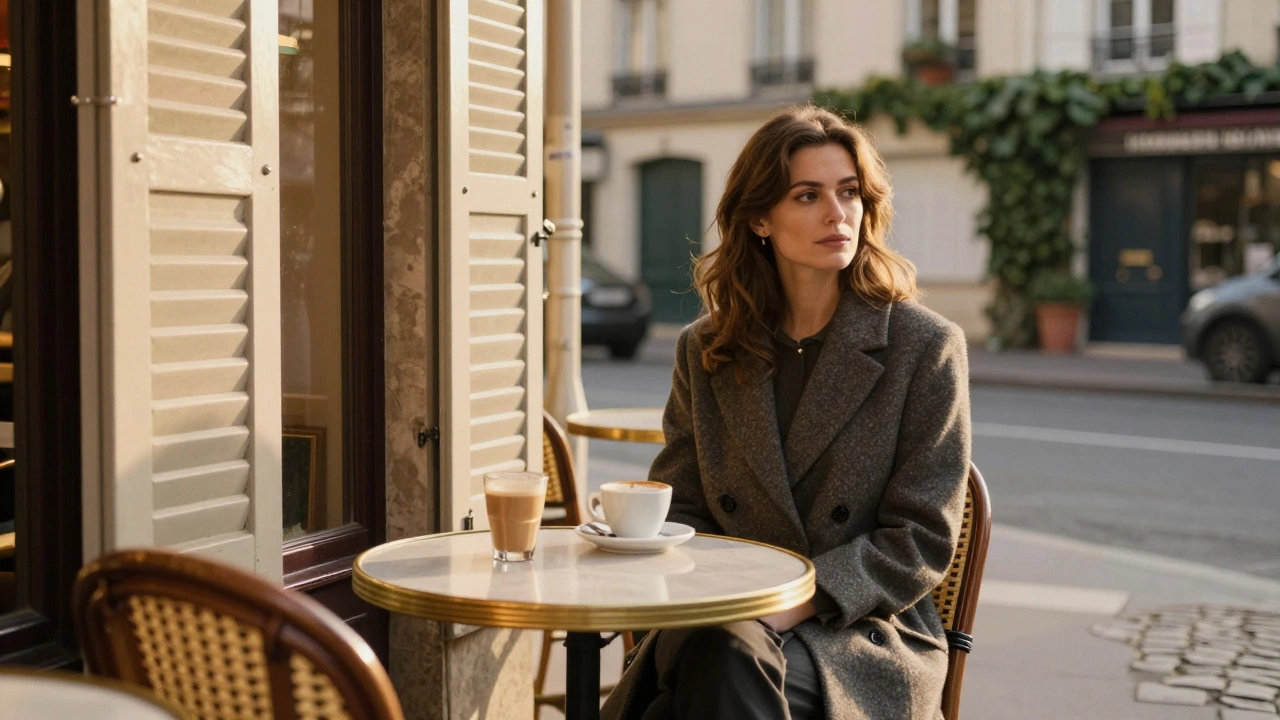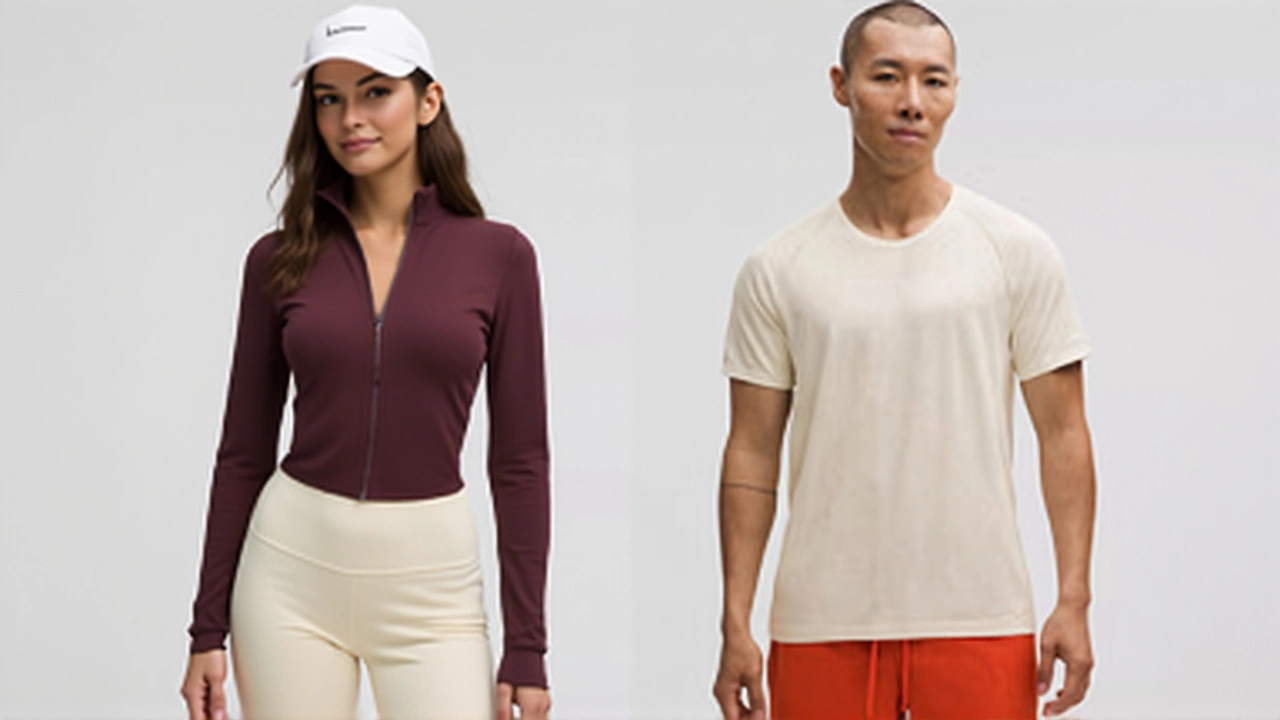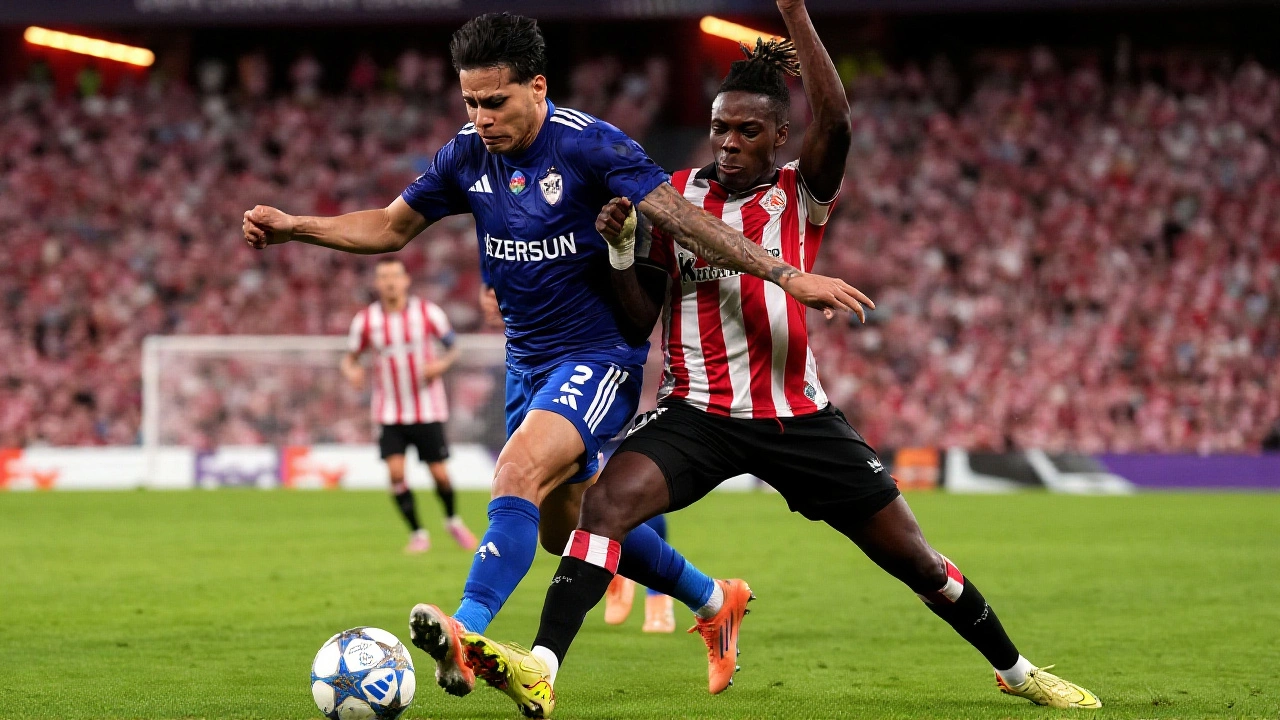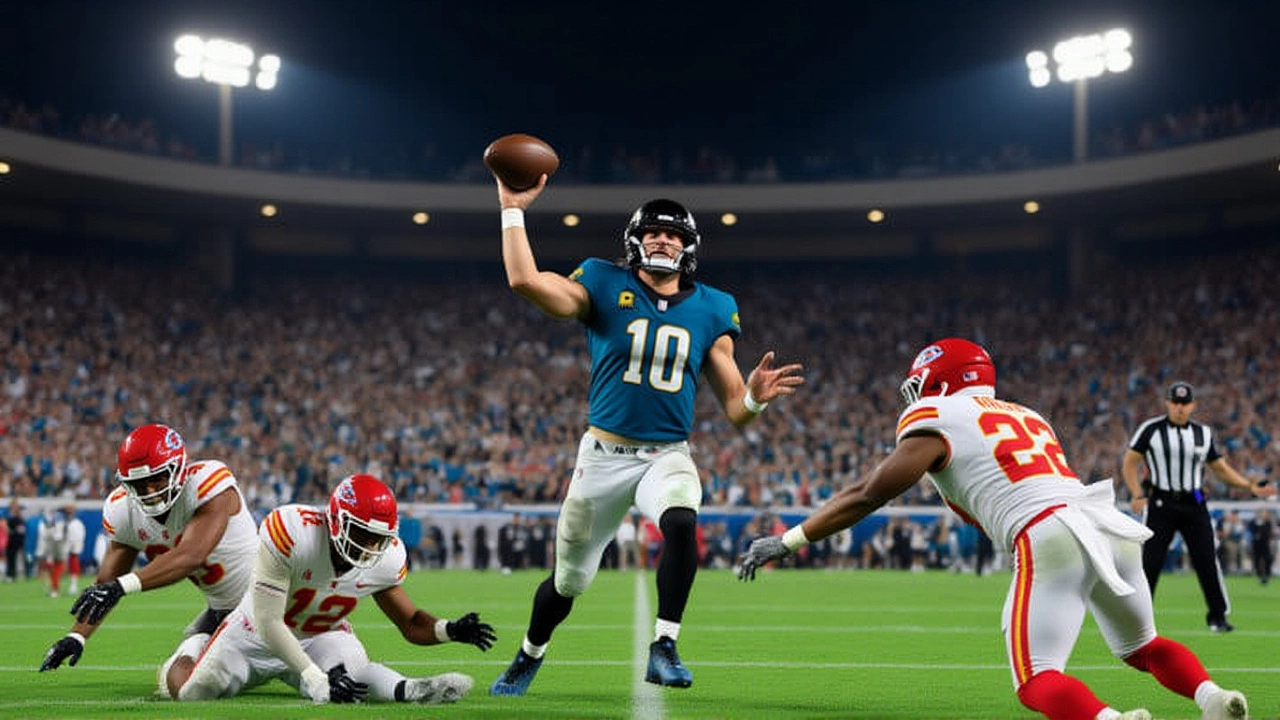Yoga Dogs Daily UK
Sex Escort Femmes Paris 18: What You Need to Know About Independent Escorts in Paris
Understanding sex escort femmes Paris 18 means looking beyond stereotypes. Discover what independent escorts in Paris really offer, how to stay safe, and why the 13th and 14th arrondissements offer different experiences.
Dubai Escorts: What These Professionals Really Offer Beyond Companionship
Dubai escorts offer far more than companionship - from cultural guidance to emotional support. Discover the real services behind the industry and what clients truly value.
Lululemon Black Friday 2025 Sale Drops 500+ Styles with Major Discounts on Align Pants and Define Jackets
Lululemon's 2025 Black Friday sale dropped 500+ discounted activewear styles, including Align™ pants as low as $59 and Define Jackets at $99. The event, tied to its 'We Made Too Much' inventory strategy, sold out globally within days.
Napoli Hosts Qarabag FK in Crucial Champions League Clash on Nov. 25, 2025
SSC Napoli hosts Qarabag FK in a pivotal Champions League clash on Nov. 25, 2025, with Napoli crippled by injuries and Qarabag FK seeking their first-ever knockout stage berth. Stream live on Paramount+ and VIX in the U.S.
Jaguars Surge in AFC South After Chiefs Overtime Win Over Colts
The Jacksonville Jaguars surged into playoff contention after beating the Cardinals, while the Colts’ overtime loss to the Chiefs dropped them to 8-3, putting Jacksonville just one game behind in the AFC South with two crucial matchups left.
Bournemouth and West Ham Draw 1-1 in Premier League Clash as Areola Stars
AFC Bournemouth and West Ham United played out a 1-1 draw in the Premier League on November 22, 2025, as Alphonse Areola starred in goal for West Ham despite the stalemate at Vitality Stadium.
Joe Walsh Left James Gang for Rocky Mountains — and Wrote a Rock Anthem That Changed His Life
Joe Walsh left the James Gang in 1971 for Boulder, wrote 'Rocky Mountain Way' on a whim, and reshaped rock history — now he's auctioning his gear to fund veterans through VetsAid, while the Eagles return to Sphere in 2025.
Slow Horses Season 5 Ends With River’s Redemption Foiled by Wan’s Resignation
River Cartwright saves MI5's Director General in Slow Horses Season 5, but Wan's sudden resignation ruins his chance at redemption. Jackson Lamb's scarred foot deepens his mystery as Slough House's future hangs in the balance.
BBC clinches free‑to‑air UEFA Women’s Champions League rights to 2030
BBC secures free-to-air UEFA Women’s Champions League rights to 2030, bringing up to seven live matches each season to UK homes and boosting the sport’s visibility.
Messi Breaks Assist Record as Argentina Thumps Puerto Rico 6-0
Lionel Messi broke the global assist record as Argentina demolished Puerto Rico 6-0 in Fort Lauderdale, a key warm‑up ahead of the 2026 World Cup.
Badenoch Vows to Scrap Stamp Duty in England if Conservatives Win 2029 Election
Conservative leader Kemi Badenoch pledges to scrap stamp duty on primary homes in England, a £9 billion move aimed at boosting housing affordability ahead of the next election.
Aaron Ramsey bids farewell as Cardiff City faces relegation exit
Aaron Ramsey bids farewell to Cardiff City after a injury‑plagued stint and relegation, heading to Mexico while still eyeing the Wales World Cup squad.











